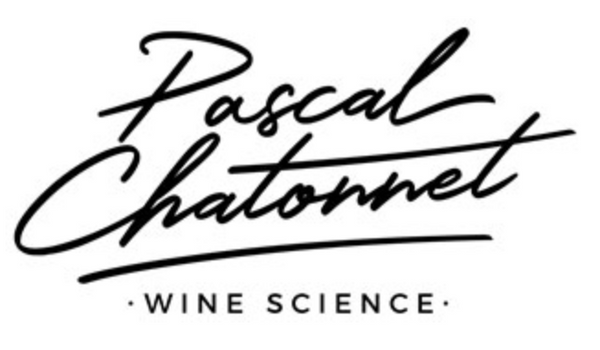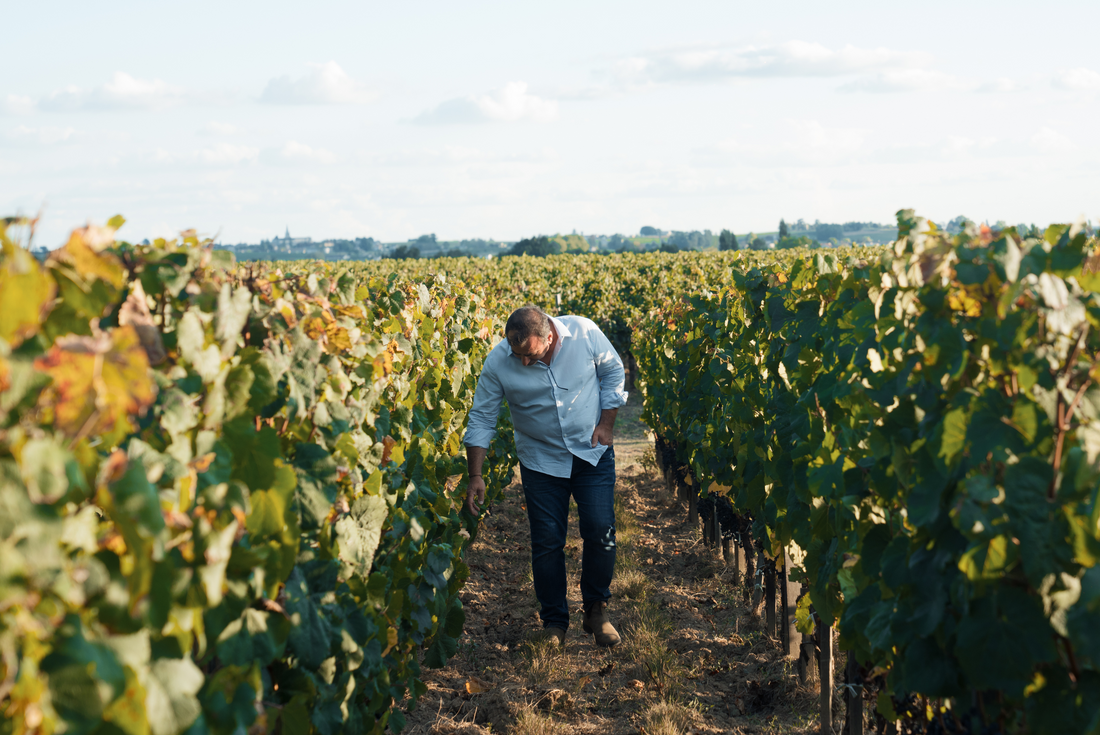We now do not carry out any planting but only replanting (after uprooting) or re-planting (replacing dead plants on site, or replanting) because we no longer have new soils not previously cultivated in our appellations.
Replanting is carried out as explained above after a long period of biological regeneration of the soil. After the uprooting of the old vines, and the elimination of the large vine roots recycled as firewood, a succession of crops will make it possible to restore the potential of the soil more or less eroded by permanent monoculture. On this occasion we may be required to correct certain imbalances in the mineral composition revealed by the analysis of the soil (0-30 cm) or the subsoil (30-60 cm). We then carry out what we call “basic fertilization” intended to compensate for these possible deficits for all or part of the life of the future replanting. We systematically use certified mineral amendments of natural origin compatible with the organic farming standards. Since the implementation of our method of soil regeneration before planting, it is no longer generally necessary to add a massive organic amendment, proof of its effectiveness. The rate of total organic matter (OM) before planting now oscillates between 2.0 and 2.5%, which is not very important but which is nevertheless sufficient for the vine provided that the soil is then managed by compensating more than annual losses of humus through the management of plant cover, natural returns and regular compensatory amendment allowing rapid mobilization but without excess. The Carbon/Nitrogen (C/N) ratio of the amendment must be between 10 and 15 to maintain good biological activity without being mineralized too quickly (C/N <9) or blocked for an excessively long time (C/N>20) possibly causing a deficit of nitrogen available to the vine. Little by little the objective of a rate of organic matter in proportion to that of fine elements (Organic Matter/fine silts + clays > 0.15), varying between 2.2 and 3.5% (on 0-30 cm , with a bound/free MO proportion of 70:30), is reached gradually between two and five years. If compensation is needed, an organic amendment of biological origin must be used mixing plant carbon and animal nitrogen (composted straw manure, complex compost) in balanced proportions, without burying the addition deeply so that it remains active. The plantations are carried out with welded grafts supplied by nursery growers, either organic or non-organic depending on availability on the market, but this is not a very important subject at this stage because the vineyard will then be in any case conducted in Agro-Synergistic mode. The question of the type of grafting is on the other hand a subject which concerns me because for many years the quality of the grafting unfortunately appears to us to be quite variable... Our Bordeaux grape varieties are not the most affected when we compare them for example to Syrah which clearly poses more of a problem due to blatant antagonisms with certain rootstock clones and the now generalized method of grafting (omega grafting). The consequences of poorly welded grafting are dramatic, but unfortunately difficult to control because they can become apparent after several years... However, the very technique of "omega" grafting is structurally inadequate. First, the contact zone of the cambial tissues is very small and fragile, because it would be necessary to use plants of identical diameter and conformation. Worse still, this mechanized grafting for yield objectives consists of a transverse cut of the plants, which tears and necrotizes the fibers, while only clean and oblique cuts respect them. Also, the male and female plugs of the Omega give the appearance of solid support, but the tissues concerned and attached being the marrow and the xylem (wood), they can neither weld nor regenerate, since the vascularization is imperfect . Before thirty years, the plots of vines of the grape varieties most sensitive to these fungi are decimated, and deserve to be uprooted, while the least sensitive varieties are in a very advanced state of degradation. The mechanization of grafting vine plants therefore corresponds to a further reduction in the life expectancy of contemporary vineyards. We therefore regret the English split grafting and the grafting on site of our old plantations (we planted the rootstock in the ground first then we carried out the following year, or two years later, the graft on site, in split or English style depending on the diameter of the woods; our oldest plots (1970) are planted in this way). This method of grafting is much less interesting for nursery growers because it is less profitable, but I think in the long term much more interesting for the wine grower and undoubtedly to be introduced again in a more systematic way.
https://www.plan-deperissement- vigne.fr/sites/default/files/L%20Impact%20de%20la%20greffe%20sur%20la%20recrudescence%20de%20l’esca%20par%20

